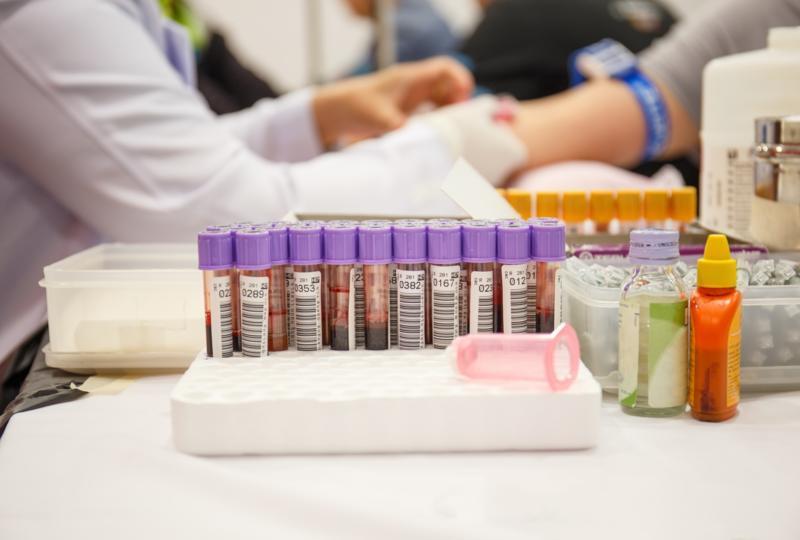What Does a Gluten Free Diet Really Mean?
But, are there any other treatments?
In rare cases, going gluten-free isn’t enough to treat celiac disease. Lucinda A. Harris, M.D., and Joseph A. Murray, M.D., health experts from the Mayo Clinic, suggest two possible ideas in this case. The first, Harris notes, may be that gluten has come into the body through unsuspected means.
“Gluten can sneak in through sources you wouldn't expect, such as lipstick, lip gloss and medications. And many foods that people aren't aware of contain some type of gluten,” Harris says. “My first recommendation for patients who don't seem to respond is to see a dietitian. Unfortunately, not all dietitians are equal in teaching about celiac disease” (Harris).
Murray notes that perhaps the initial diagnosis could have been incorrect, and counsels patients to get a more thorough evaluation to confirm they actually have the disease.
“You have to have a very robust diagnosis. Some patients don't have adequate blood testing and some never had a biopsy because their gastroenterologist told them they didn't need it,” he says. “It can be very laborious to get the original data, but it may unmake the diagnosis” (Mayo Clinic).
